I have a circuit board that, among many things, drives a few 24 VDC relays on another board located 5-10 feet away.
Everything usually works just fine, but I recently had an incident where the relay +/- connections were shorted together, sending high current through my switching circuit and destroying a transistor.
So I'm looking now at putting short-circuit protection into the next revision of these boards to avoid having such a simple issue kill a whole board (not worth my time to fix a single tiny surface mount transistor on a small board -- we just replace the whole board). Normally I would implement something like this, but in this case, the high side is common among multiple relay coils (read one wire going over to the other board) and the low side is broken out for each relay. I rearranged some transistors in the standard short-circuit protection circuit and came up with this:
Is this the right way to go about it? Are there better configurations for the current-limiting resistors? Is it worth throwing in a TVS in parallel with the load? It seems to simulate fine in Spice, but I'd like any feedback here. Load is shown as 60 Ω as the approximate point at which the short circuit protection seems to kick in in my simulation. The actual normal load will be a ~2.5 kΩ, 10 mA relay coil. In practice, an N-channel switching transistor/FET is also at the bottom of the circuit to turn the relay on and off. Transistors picked in the Spice simulation are there just to get a basic model in and don't represent the actual transistors used in production.

